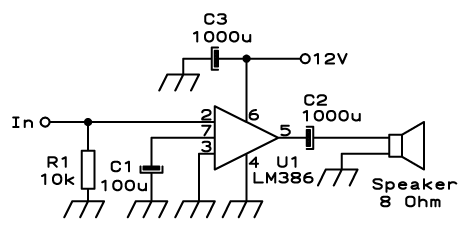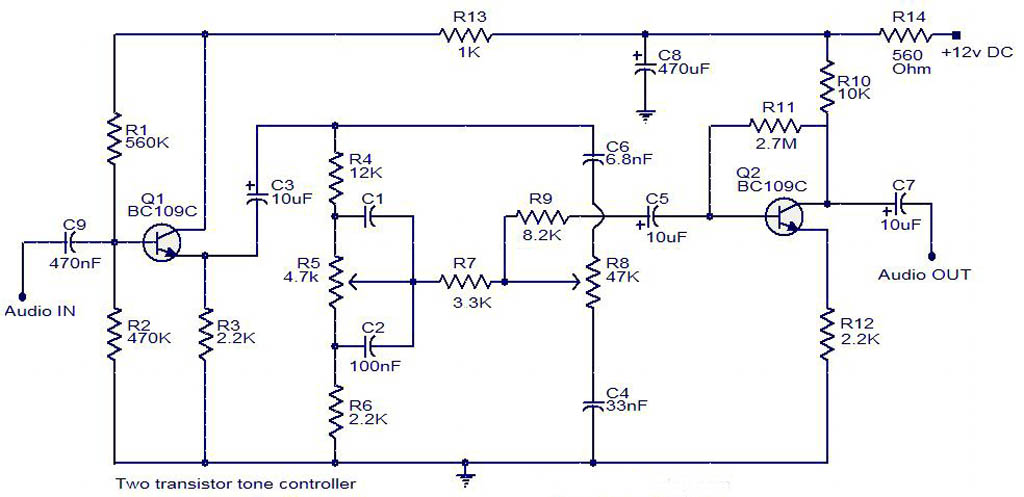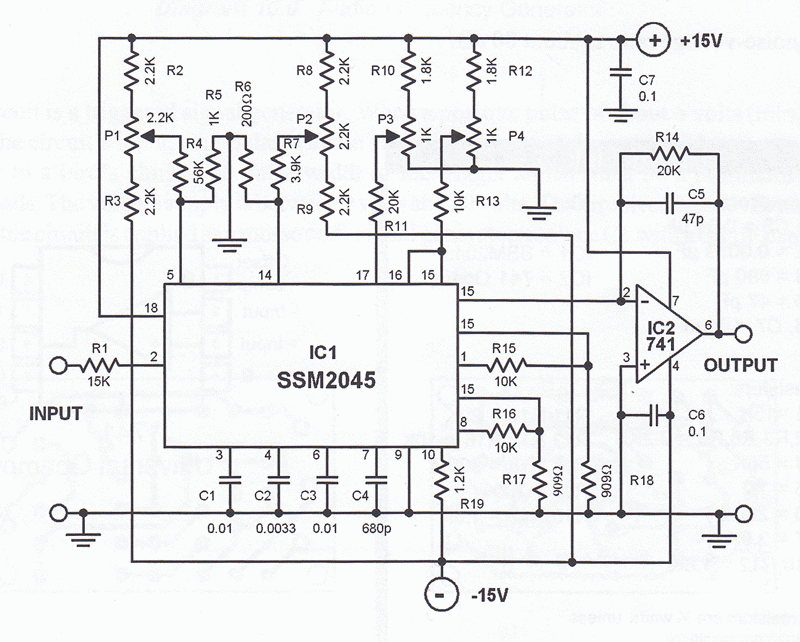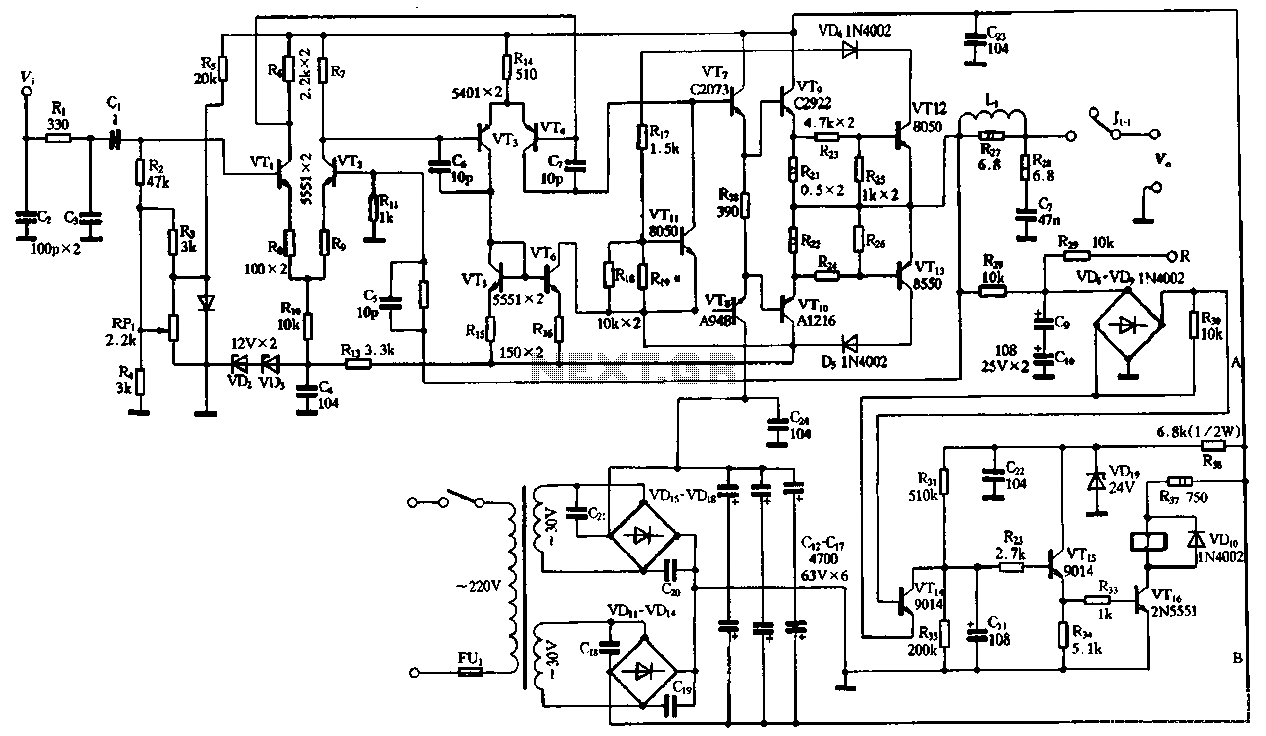
Tunable Crystal radio circuit
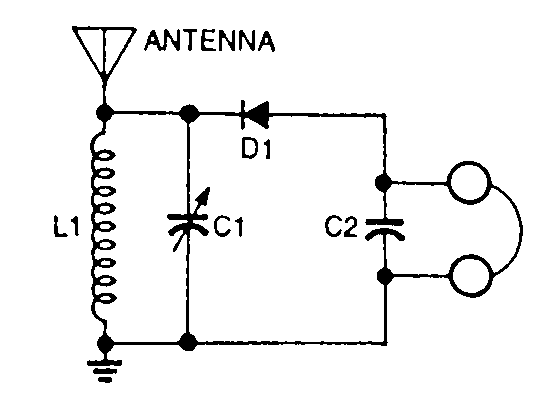
This is a very simple crystal receiver circuit for short wave band and can be used with headphones.
The described circuit is a basic crystal receiver designed to operate within the shortwave frequency band. The primary components of this circuit typically include a crystal diode, an inductor, a capacitor, and a pair of headphones as the output transducer. The crystal diode serves as the demodulator, allowing the circuit to convert high-frequency radio signals into audible sound.
The circuit operates by utilizing a tuned circuit formed by the inductor and capacitor, which resonates at the desired frequency of the incoming radio wave. This resonance amplifies the signal, making it more accessible for demodulation by the diode. The output from the diode is a low-level audio signal that can be directly fed into the headphones.
To enhance performance, the circuit may include a variable capacitor that allows tuning to different shortwave frequencies, enabling the user to select various stations. The headphones should be of high impedance to ensure compatibility with the low output power of the crystal receiver.
Overall, this simple crystal receiver circuit is an excellent project for beginners in electronics and radio communications, demonstrating fundamental principles of radio wave reception and audio signal processing.This is a very simple crystal reciever circuit for short wave band and can be used with headphones. 🔗 External reference
The described circuit is a basic crystal receiver designed to operate within the shortwave frequency band. The primary components of this circuit typically include a crystal diode, an inductor, a capacitor, and a pair of headphones as the output transducer. The crystal diode serves as the demodulator, allowing the circuit to convert high-frequency radio signals into audible sound.
The circuit operates by utilizing a tuned circuit formed by the inductor and capacitor, which resonates at the desired frequency of the incoming radio wave. This resonance amplifies the signal, making it more accessible for demodulation by the diode. The output from the diode is a low-level audio signal that can be directly fed into the headphones.
To enhance performance, the circuit may include a variable capacitor that allows tuning to different shortwave frequencies, enabling the user to select various stations. The headphones should be of high impedance to ensure compatibility with the low output power of the crystal receiver.
Overall, this simple crystal receiver circuit is an excellent project for beginners in electronics and radio communications, demonstrating fundamental principles of radio wave reception and audio signal processing.This is a very simple crystal reciever circuit for short wave band and can be used with headphones. 🔗 External reference
